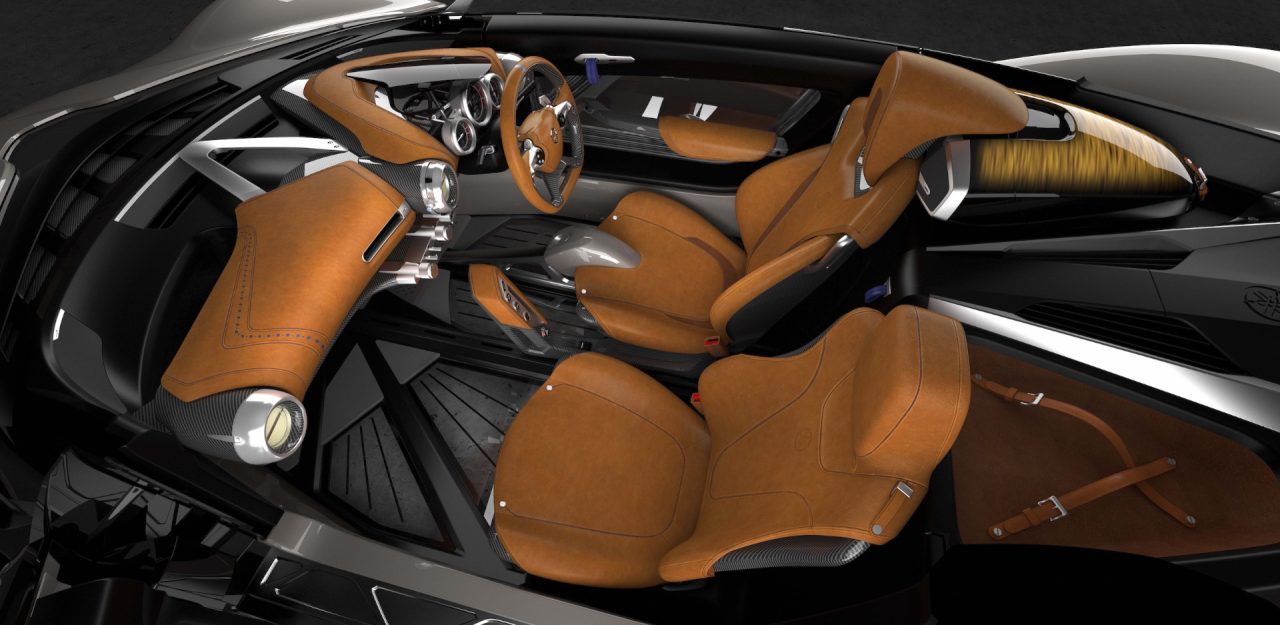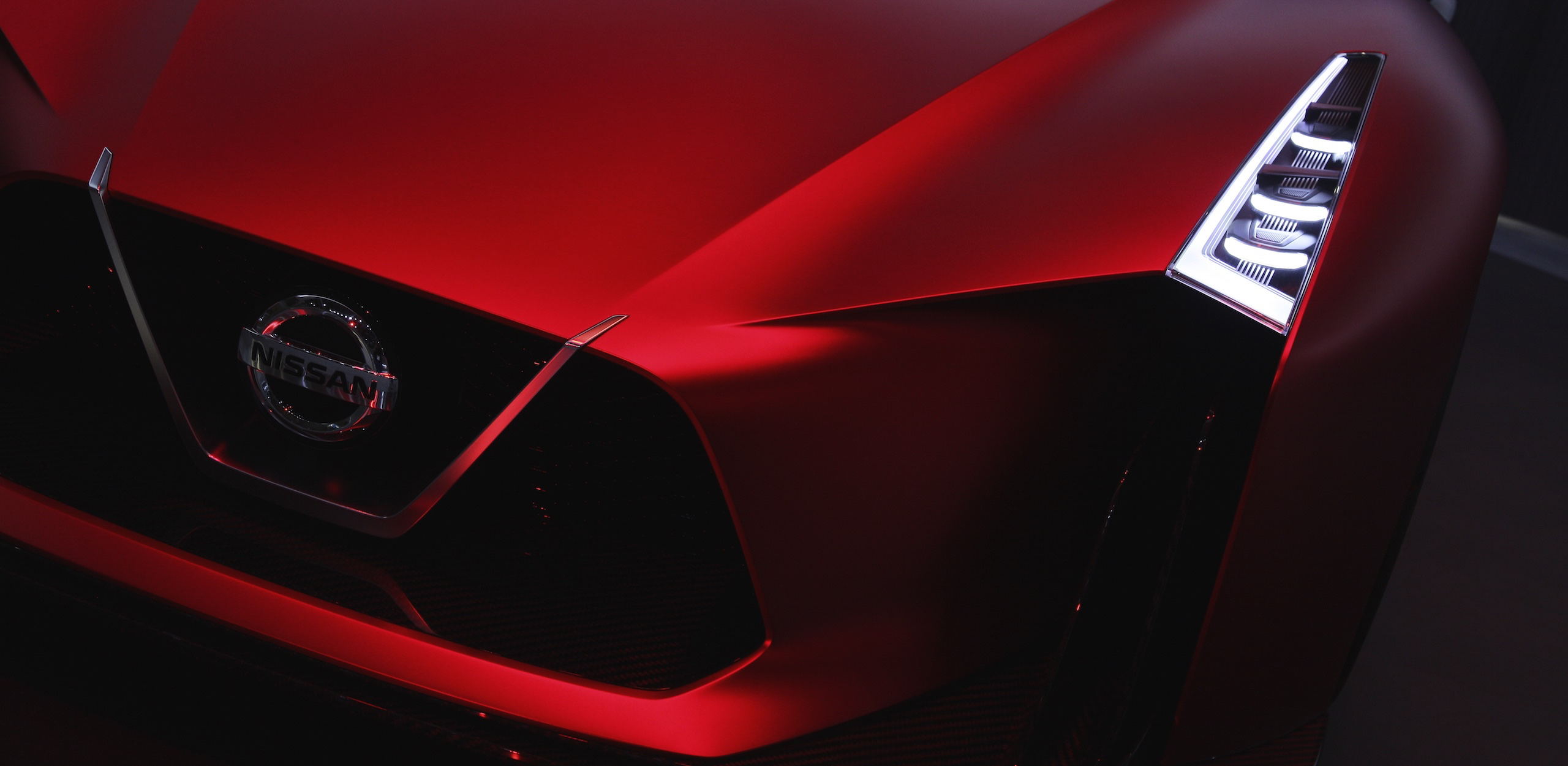
Godzilla looks good in red
In June 2014, Nissan teased us with its fantasy concept Nissan Concept 2020 Vision Gran Turismo, a strong hint at the next-generation GT-R. The concept was available to “drive” virtually on the driving simulation game Gran Turismo 6 on PlayStation 3. Now, Nissan has given the concept its real-life debut at the Tokyo auto show. Though the car was originally shown briefly in silver at the 2014 Goodwood Festival of Speed, it arrived in Tokyo sporting a stunning matt red coating Nissan calls “Fire Knight”. The grille has been revamped as well, now bolder and with the V’s arms extending into the bodywork. Labeled the V-motion grille graphic, the branding cue has been passed throughout Nissan’s production car lineup from the Murano to the Maxima.
The Concept 2020 Vision Gran Turismo’s 2+2 cabin is low and deep on its long-wheelbase chassis. Its body is all swooping planes mated to carbon fibre blade-edged panels with massive wide rocker panels joined to concave/convex hexagonal rear wheel arches. The aggressively slanted wraparound windshield greenhouse has low-cropped side windows.The headlamps are set vertically, high above the enormous brake cooling ducts; think Manta Ray. At the rear are three-dimensional rocket booster tail lamps, a sculpted spoiler mounted on robust vertical blades, and a rear diffuser system that would embarrass a Le Mans LMP1 car.
This Le Mans relationship is further underlined with the engine, While the rumoured final body will appear in toned-down form in GT-R spec, the car’s will be powered by a 3.8-liter twin-turbo V6 mated to a hybrid system — the same setup as Nissan’s Le Mans car — that generates 1,250 horsepower. This racing hybrid version power unit was co-developed by NISMO and nine-time Formula 1 constructor’s champion Williams. Their affiliate, Williams Hybrid Power (WHP), will provide an electromechanical composite flywheel system now used in Porsche and Audi racers to increase the next GT-R’s power output to as much as 800 horsepower.
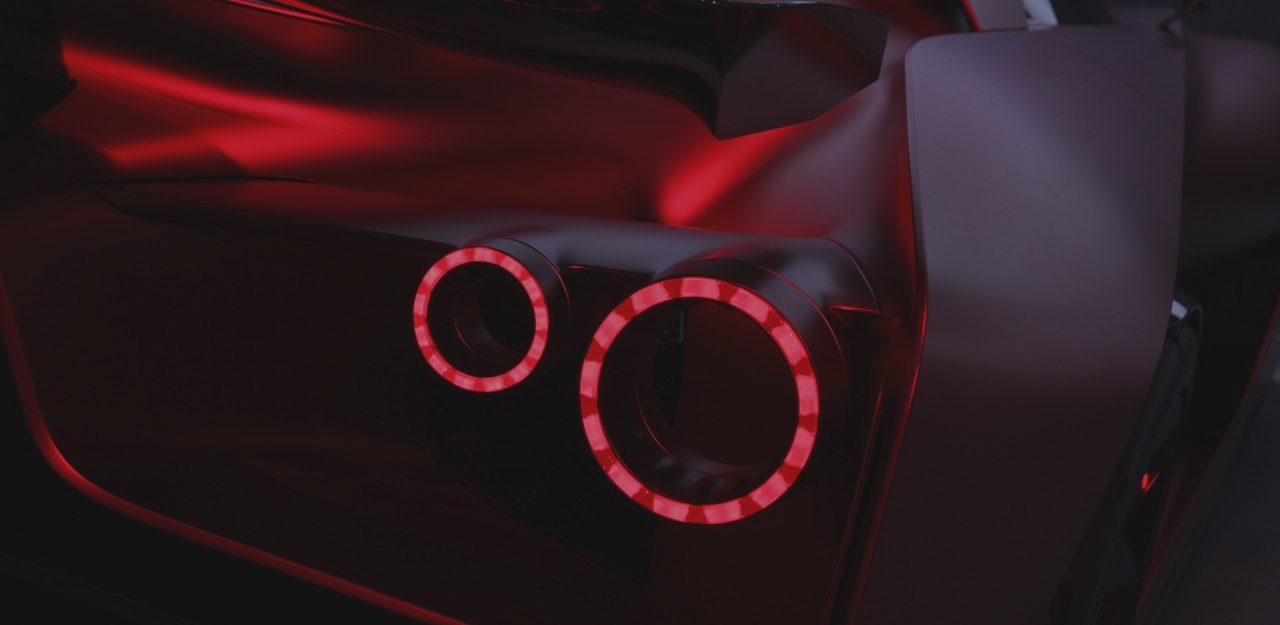
This Le Mans relationship is further underlined with the engine, While the rumoured final body will appear in toned-down form in GT-R spec, the car’s will be powered by a 3.8-liter twin-turbo V6 mated to a hybrid system — the same setup as Nissan’s Le Mans car — that generates 1,250 horsepower. This racing hybrid version power unit was co-developed by NISMO and nine-time Formula 1 constructor’s champion Williams. Their affiliate, Williams Hybrid Power (WHP), will provide an electromechanical composite flywheel system now used in Porsche and Audi racers to increase the next GT-R’s power output to as much as 800 horsepower.
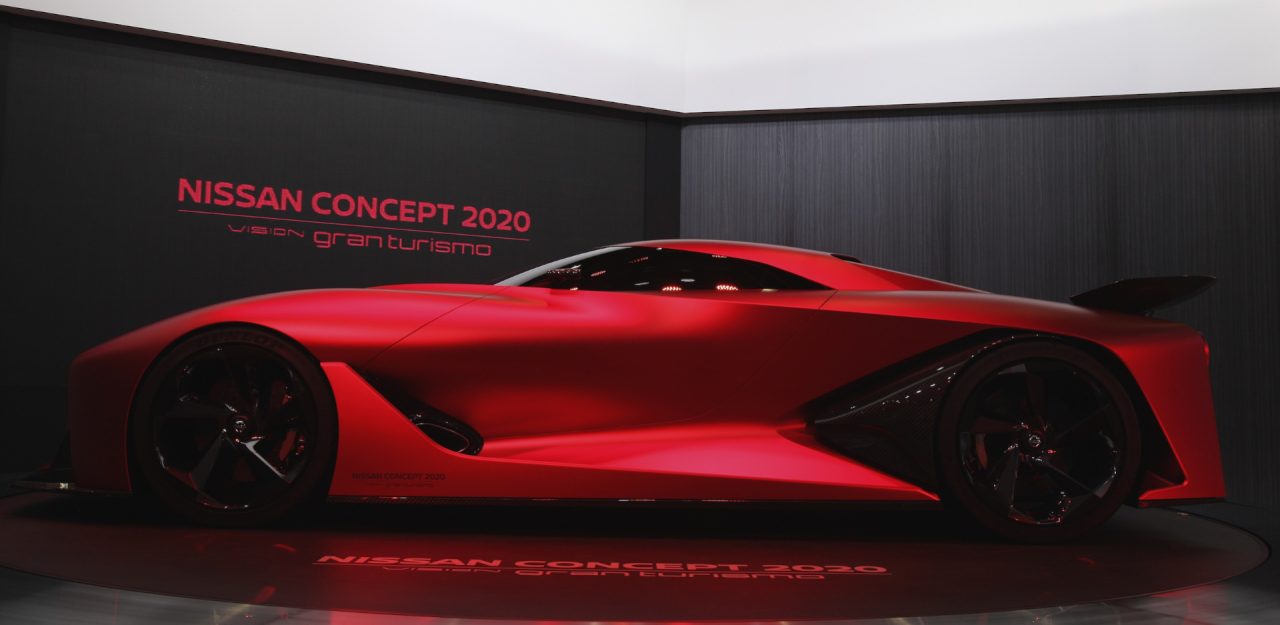
Porsche tweaks the new Carrera 4S for more power
The revamped 2016 Porsche 911 Carrera 4S made its Asian debut at the Tokyo Motor Show this week, along with its Teutonic brethren, the 911 Carrera 4, Targa 4 and Targa 4S. These new models follow on the heels of the new 911 Carrera and Carrera S models revealed at Frankfurt. A quick glance will confirm the Carrera 4S and 4’s wider rear arches and the horizontal light band that runs between the tail-lights continue to distinguish these four-wheel-drive 911s from the rear-drive editions. Specific to the new 911 Carrera 4S is an optional four-wheel steer system, similar to that used by the 911 Turbo and GT3. Also available is a hydraulic lift function that can raise the ride height by 40mm within five seconds at the press of a button.
As with the face-lifted Carrera and Carrera S models, the new 4 and 4S models were also given a number of fresh exterior updates including active front air ducts that open and close to channel air to the front-mounted radiators, revised headlights with altered internal graphics, larger exterior mirror housings mounted on the doors and new door handles. A now vertical air vent sits atop the rear-mounted engine, joining modified tail-lights and a new rear bumper with air vents to channel hot air away from the engine.
Most significant among the mechanical changes is the adoption of the new modular twin-turbocharged 3.0-litre horizontally opposed six-cylinder engine, as initially unveiled in the latest 911 Carrera and Carrera S. Porsche’s tweaks to this new engine in the new Carrera 4S and Targa 4S models deliver 414 hp and 369 lb-ft of torque, significantly more than their 2016 Carrera 4 and Targa 4 siblings’ 365 hp at 6500 rpm and 332 lb-ft of torque. Both the seven-speed manual transmission and a seven-speed PDK dual clutch gearbox remain, as does the standardPorsche Active Suspension Management (PASM) system.
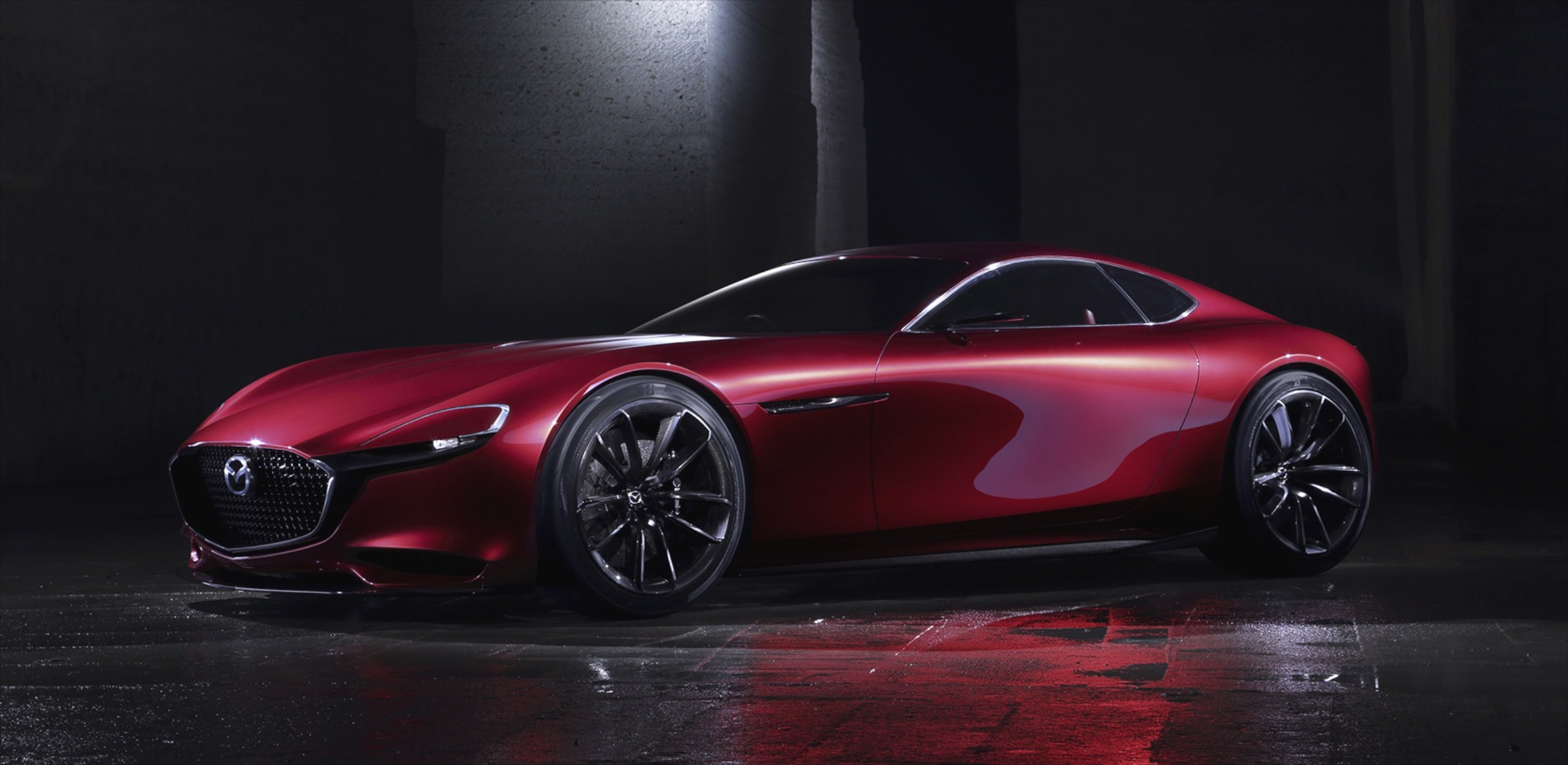
Mazda’s RX-Vision hints there’s a triangle in our future
Nearly 40 years ago, Mazda overcame numerous technical difficulties to commercialise its rotary engine, first in the Mazda Cosmo Sport 110S in 1967 and then in several other models. The most successful of these was the Mazda RX-7, which won the 1978 Japanese Car of the Year award and won a global reputation as one of the best small sports cars in the world. It became the most-sold rotary car ever, with more than 800,000 produced between 1978 and 2002. The subsequent Mazda RX-8 was discontinued in 2012. The rotary engine, which generates power through the rotational motion of triangular rotors, has become part of Mazda’s heritage.
This week, Mazda announced that the rotary has returned as it unveiled its breathtaking rotary-powered RX-Vision, a front-engine, rear-wheel-drive concept at the opening of the Tokyo Motor Show. The sleek sports-car concept is powered by a revived next-generation Skyactiv-R rotary engine. Mazda revealed that, although it ceased mass-producing any rotary models, it quietly maintained a team of engineers in Hiroshima to continue its research and development activities to sort out fuel economy, emissions and reliability issues for a world with more stringent emission regulations.
Simple. Elegant. Sculpted. Focused. The RX-Vision is the most beautiful concept that Mazda has ever penned. It immediately stirs the memory banks with strong unmistakable visual cues to the sculpted flanks of the RX7. We love the razor thin accent lines over the tail lights. The RX-Vision has just enough length, width and menace to suggest that Mazda intends to pull this concept off the display stand and put it on the road. While Mazda is tight-lipped about its timetable, the RX-7’s 40th birthday is coming up in 2018, suggesting a perfect moment for production version of a new RX-9.
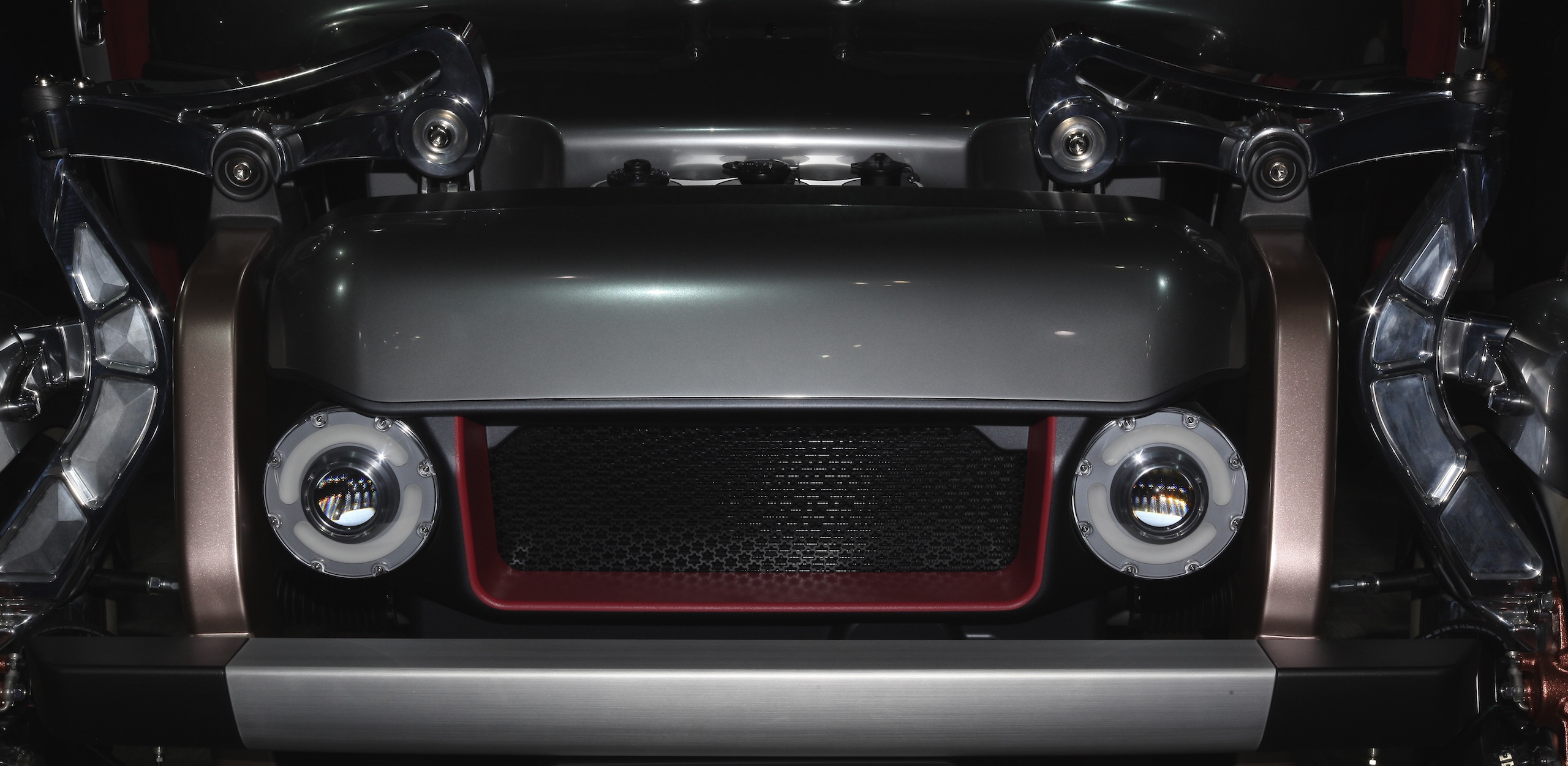
Toyota Kikai
One of the Toyota’s Tokyo highlights, was their Kikai concept. Though Toyota says “this concept encourages us to appreciate the complex beauty of the mechanical aspects of cars” to be frank, the “nude” presentation, exposing all the underlying physical parts, is not that impressive at all, but discovering the intellectual concept behind the creation provides the reason. Toyota’s Kikai is trying to remind all of us about the fundamental technology of a car by emphasising the actions that define vehicle movement.
The centre position cockpit is aimed to provide a more instinctive sensory connection with the vehicle. The window panels located by one’s feet show the wheels and suspension as they operate, which also gives the driver a more “in depth” connection with the car.
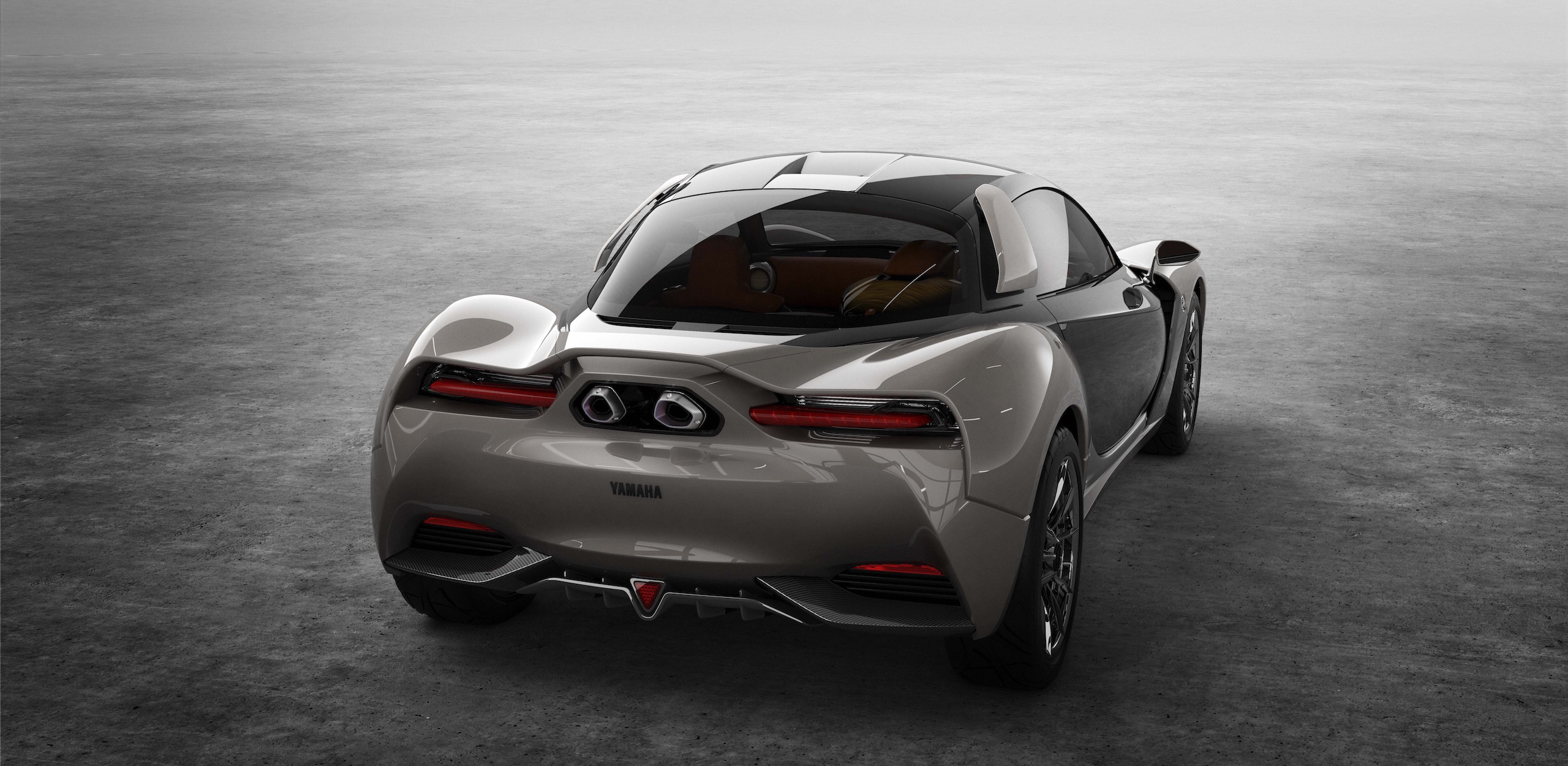
Yamaha Sports Ride Concept
Yamaha, the two-wheeled motorcycle expert is stepping into the four-wheeled world with their debut their fresh sports car concept at the Tokyo Motor Show.
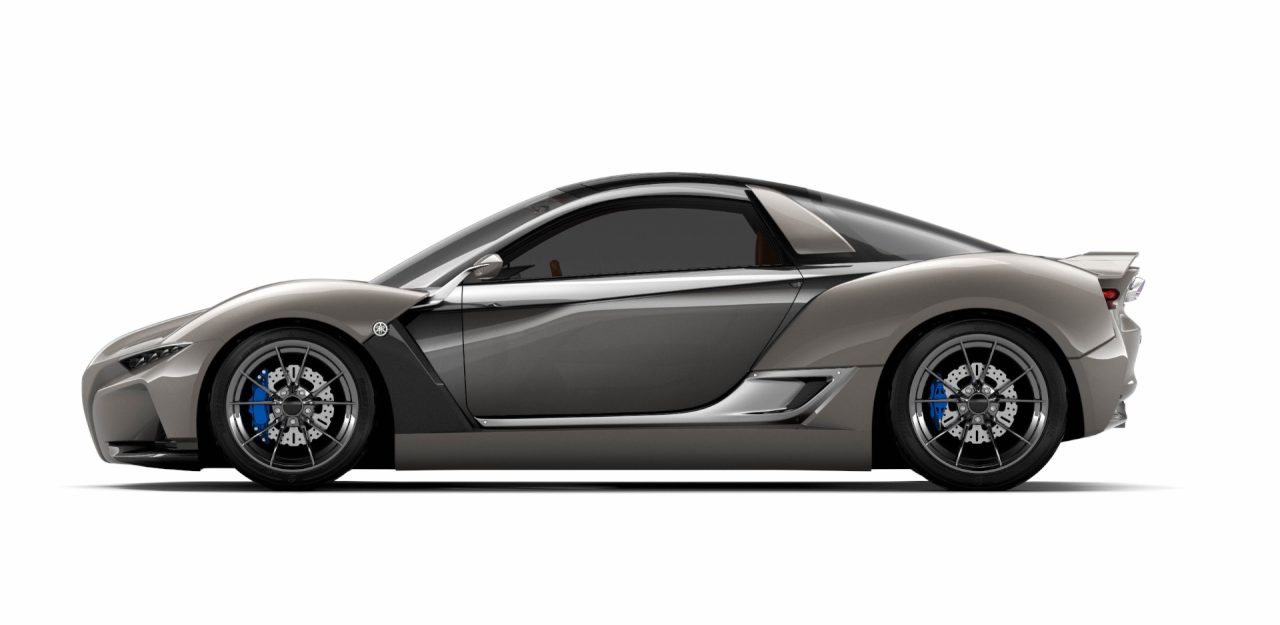
As one of the masters of motorcycle manufacturing, Yamaha calls its creation the Sports Ride Concept. Suggesting the lithe structure of active sportswear and weighing only amazingly 750kg, the Sports Ride Concept’s design is inspired by the sensation of riding a motorcycle (which shouldn’t be a surprise).
Dezi Nagaya, designer of the Sports Ride Concept acknowledged the crucial contributions of McLaren F1 designer Gordon Murray and his advanced iStream Carbon chassis technology. iStream Carbon is described as the world’s first affordable high-volume carbon fiber chassis structure, allowing for lightweight, yet sturdy cars that you don’t need to be a supercar buyer to afford. The Sports Ride Concept is certainly one of most the stunning of the show.
